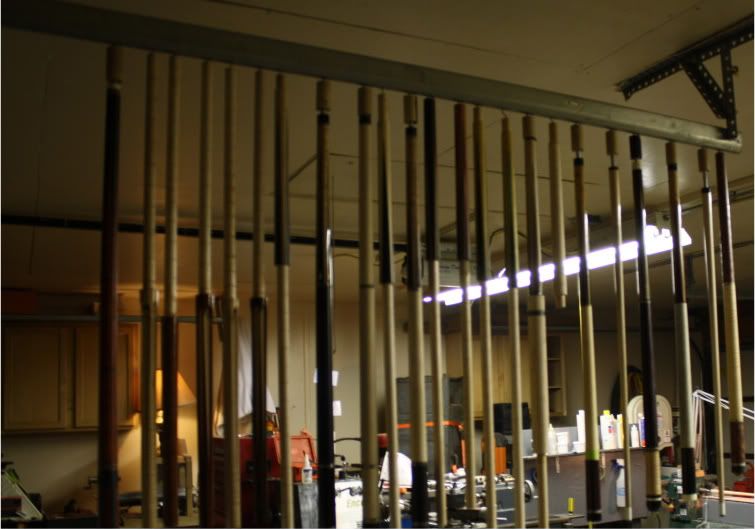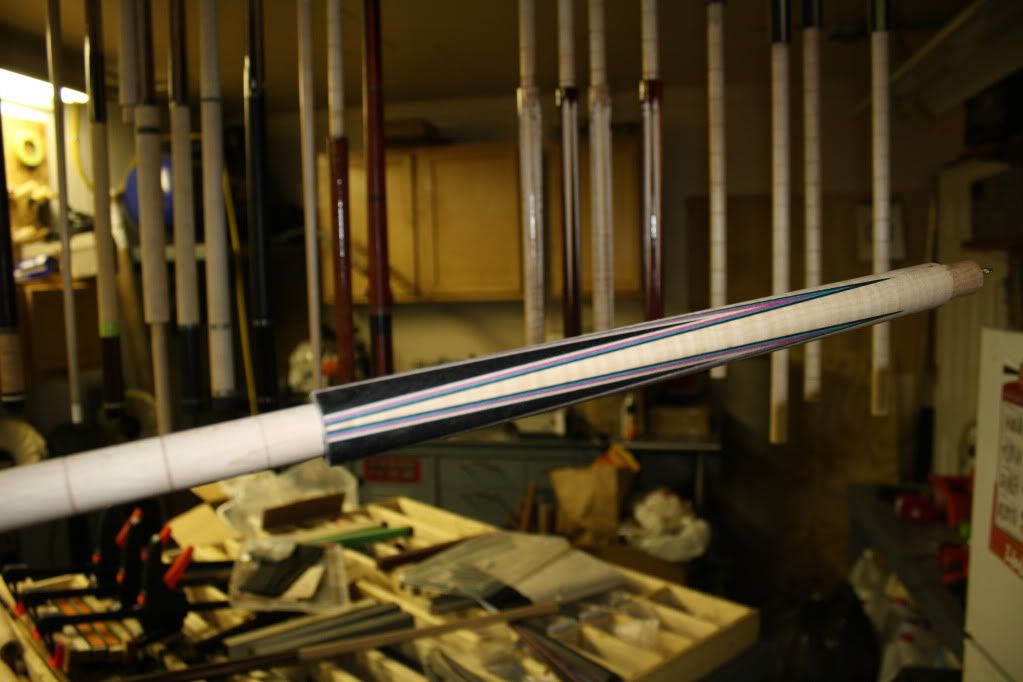I recently read a post about purple heart as the core for a cue and there was a comment about how great it plays?
Can some of the cue makers comment on the validity of this statement? Are certain woods better suited to core a pool cue than others?
Thanks in advance
Can some of the cue makers comment on the validity of this statement? Are certain woods better suited to core a pool cue than others?
Thanks in advance

